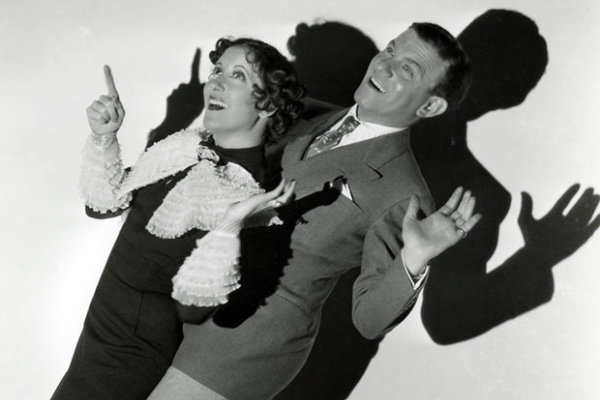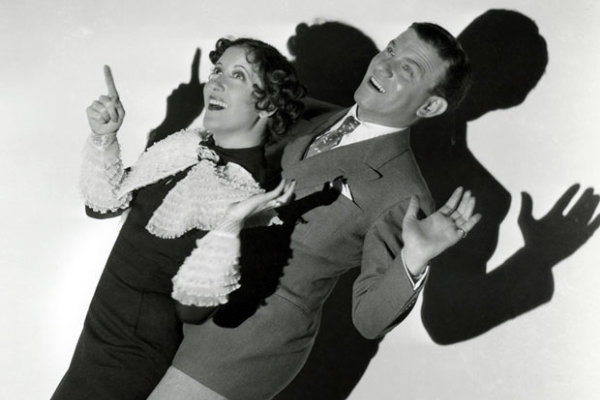
Ever wondered how TV shows manage to feel so immediate and engaging? It all started with classic shows like The Burns and Allen Show, which set the stage for the live aesthetic we love today. By breaking away from the norms of film, radio, and theatre, this show brought a sense of liveness that made viewers feel like they were part of the action.
Television’s early days were all about creating a sense of intimacy and immediacy with viewers. The Burns and Allen Show nailed this through direct address, where characters would break the fourth wall and speak directly to the audience. This approach wasn’t just about delivering lines; it was about connecting with viewers both in the studio and at home, making them feel like part of the action.
For instance, in the premiere episode “The Kleebob Card Game,” George Burns talks to the audience while waiting for the next scene to be set up. This not only gives the backstage crew time to prepare but also makes viewers feel like insiders, experiencing the show’s production in real-time.
One of the coolest aspects of The Burns and Allen Show was how George Burns and Gracie Allen played versions of themselves. Their real-life personas seamlessly blended with their on-screen characters, creating a unique mix of reality and fiction. This self-reflexivity made viewers feel closer to the action, as if they were getting a peek into the real lives of George and Gracie.
The show also cleverly divided performance and domestic spaces. George would describe their house to the audience, and the camera would then show the stage set. Gracie, meanwhile, would go about her business, unaware of the audience’s watchful eyes, adding to the sense of liveness. This blend of staged performance and apparent real life made viewers feel like they were part of the Burns’ household.
The Burns and Allen Show drew heavily from theatrical traditions to craft its live aesthetic. The presence of a live audience, whose laughter punctuated the show’s punchlines, made home viewers feel like they were part of a communal experience, similar to a theatre setting. This auditory connection was crucial in creating a shared viewing experience, even if the audience was scattered in living rooms across the country.
Interestingly, the show never showed the studio audience on camera. This deliberate choice helped maintain the illusion that home viewers were part of the studio experience, enhancing the sense of liveness.
The variety show format of The Burns and Allen Show also contributed to its live feel. Combining vaudeville-style performances with narrative storytelling, the show offered an unpredictable mix that kept audiences engaged. For example, George’s unscripted banter with the Skylarks singing group added a spontaneous, live element that set the show apart from other, more scripted programs of the time.
Fast forward to today, and the concept of liveness in television is still going strong, particularly in reality TV. Take Love Island, for example, a British dating show that captures the immediacy of real life by airing episodes just one or two days after they’re filmed. This quick turnaround creates a sense of real-time engagement for viewers, similar to the liveness pioneered by The Burns and Allen Show.
Love Island also uses direct addresses to the audience, with contestants filming confessionals that give viewers an inside look at their thoughts and feelings. This approach fosters a strong connection between the audience and the contestants, creating a parasocial relationship where viewers feel like they personally know the Islanders.
Like George and Gracie, the Islanders play slightly exaggerated versions of themselves, blurring the line between their public personas and private lives. This mix of reality and performance continues to draw viewers in, maintaining the live aesthetic that has been a hallmark of television since its early days.
The live aesthetic in television, first established by shows like The Burns and Allen Show, remains a crucial element of TV’s appeal today. By blending performance and reality, and utilizing theatrical elements, early television set the stage for the engaging, live-feel content we love today. Whether you’re watching a classic sitcom or the latest reality show, the sense of liveness keeps you connected and coming back for more.
